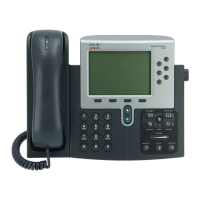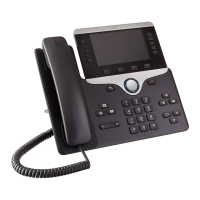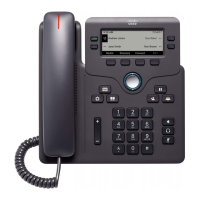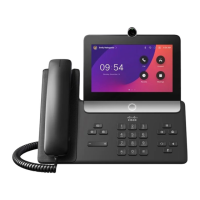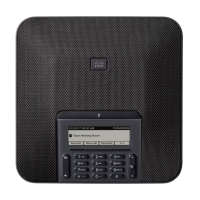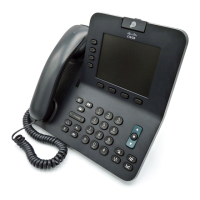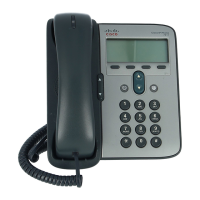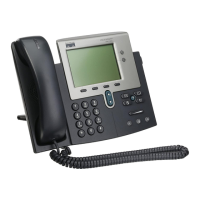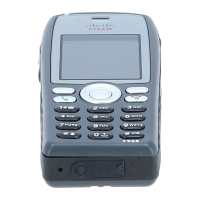B-25
Cisco SIP IP Phone Administrator Guide
Appendix B SIP Call Flows
Call Flow Scenarios for Successful Calls
Cisco SIP IP Phone-to-Cisco SIP IP Phone Call Transfer with Consultation
Figure B-8 illustrates a successful call between Cisco SIP IP phones in which two parties are in a call,
one of the participants contacts a third party, and then that participant transfers the call to the third party.
This is called an attended transfer. In this call flow scenario, the end users are User A, User B, and
User C. They are all using Cisco SIP IP phones, which are connected via an IP network.
The call flow scenario is as follows:
1. User A calls User B.
2. User B answers the call.
3. User B calls User C, and User C consents to take the call.
4. User B transfers the call to User C.
5. User B disconnects with User C.
6. User C and User A connect to each other.
17. ACK—Cisco SIP IP phone A to
Cisco SIP IP phone C
Cisco SIP IP phone A sends a SIP ACK to Cisco SIP IP phone C. The ACK
confirms that Cisco SIP IP phone A has received the 200 OK response from
Cisco SIP IP phone C.
A two-way RTP channel is established between Cisco SIP IP phone A and Cisco SIP IP phone C.
Step Action Description
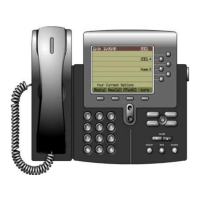
